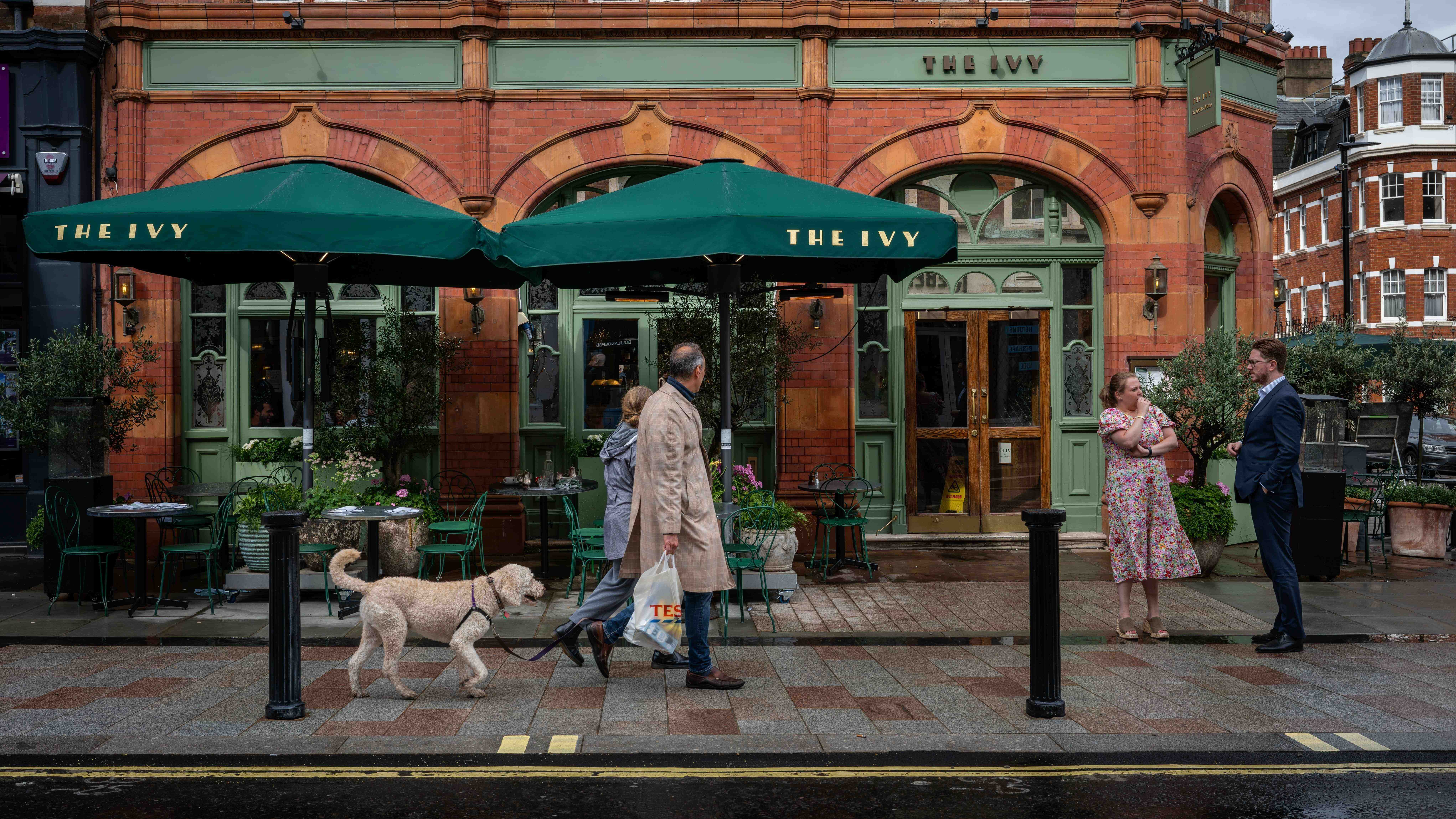High Street Struggles As Retail Sales Growth Stagnates In August
Retailers have resorted to heavy discounting in an attempt to clear summer stock.

The UK high street is mired in a challenging period as retail sales growth remained flat in August, with total sales in discretionary categories inching up by just 0.7%, according to the latest High Street Sales Tracker from BDO.
The modest uptick in sales has done little to offset concerns about the ongoing underperformance of brick-and-mortar stores, as in-store sales dipped by 0.7% compared to the same month last year.
Despite a slight fall in retail prices for the first time in three years, the data highlights a troubling trend: consumer spending may have marginally increased, but this has not translated into a rise in sales volumes. Inflation continues to outpace sales growth, suggesting that while shoppers may be spending more money, they're actually buying less.
Sophie Michael, Head of Retail and Wholesale at BDO, expressed concern over the stagnation, noting that August, traditionally a quieter month for retail, has delivered yet another disappointing performance. "This month’s data represents minimal sales growth and another disappointing month for high street retailers. August is often a quiet month for the sector, but these numbers show that changes to consumer behaviour may continue to disproportionately impact bricks-and-mortar stores," she said.
Retailers have resorted to heavy discounting in an attempt to clear summer stock, but the strategy appears to have fallen short. With energy bills expected to rise in October and a significant number of homeowners facing higher mortgage rates in the latter half of the year, competition for consumer spending in discretionary categories is fierce.
Reports indicate that spending on non-essential items is lagging behind, with consumers prioritizing experiences and leisure activities instead.
The High Street Sales Tracker also revealed sector-specific struggles. The homewares sector recorded a slight decline of 0.5% in sales, while the fashion sector saw a 0.4% drop compared to August last year. The only bright spot came from the lifestyle sector, which managed a 3.2% increase in sales, offering a glimmer of hope in an otherwise bleak landscape.
Looking ahead, Michael emphasised the importance of September for retailers, as it will provide crucial insights into consumer spending patterns ahead of the all-important "Golden Quarter" leading up to Christmas. "Profit margins remain incredibly narrow, especially with increased operating costs," she said.
"Those who are agile enough to adapt to changing consumer demand and behaviours will likely be the best performers and play a pivotal role in stopping the British high street merely becoming a ‘window shop’ for customers."
As the retail sector braces for the months ahead, the high street continues to grapple with the challenges of a shifting consumer landscape, with the future of traditional retail hanging in the balance.
The growth in the lifestyle sector, which saw a 3.2% increase in sales in August compared to the same month last year, can be attributed to several key factors:
- Shift in Consumer Preferences: There has been a noticeable shift in consumer spending towards experiences and products that enhance well-being and personal enjoyment. The lifestyle sector, which includes items such as health and beauty products, leisure goods, and other non-essential but desirable items, has benefited from this trend as people prioritize spending on things that improve their quality of life.
- Post-Pandemic Behaviour: As people continue to adapt to life after the height of the pandemic, there's an increased focus on self-care, hobbies, and activities that bring personal satisfaction. This has led to higher spending in categories like fitness equipment, skincare, and home improvement products, which are all part of the lifestyle sector.
- Seasonal Factors: August often marks the tail end of summer, when consumers might be purchasing products for vacations, outdoor activities, or back-to-school items, all of which can fall under the lifestyle category. This seasonal shopping can drive up sales in the lifestyle sector as consumers prepare for the transition into autumn.
- Promotions and Discounts: Retailers in the lifestyle sector may have effectively used targeted promotions and discounts to attract consumers, particularly as other sectors like fashion and homewares struggled. These offers could have helped boost sales, drawing in customers who were looking for value in their purchases.
- Resilience to Inflation: While inflation has impacted overall consumer spending, some lifestyle products may be viewed as affordable luxuries. Consumers might cut back on big-ticket items or more essential goods but still indulge in smaller, feel-good purchases, which could explain the relative strength of the lifestyle sector.
Overall, the growth in the lifestyle sector likely reflects a combination of changing consumer priorities, effective retail strategies, and the sector's ability to tap into the demand for products that enhance personal well-being and enjoyment.
Thanks for signing up to Minutehack alerts.
Brilliant editorials heading your way soon.
Okay, Thanks!


